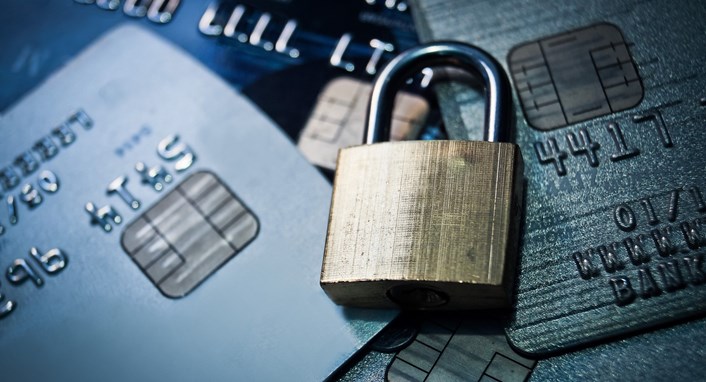
Credit Risk: Definition and Examples
Every business, individual or organization takes different risks when conducting transactions. These could be financial (e.g., the risk of not being paid), legal (e.g., the risk of being sued) or operational (e.g., the risk that a process will not be executed as planned). Credit risk is one specific type of financial risk. It refers to the possibility that a debtor won't repay what they owe according to agreed terms, often resulting in losses for creditors such as banks and other lenders.
Many factors can contribute to credit risk, including deteriorating economic conditions, changes in interest rates, company failures, and war. When assessing credit risk, lenders typically use analytical methods such as ratios, trends and historical data to understand how likely it is that an applicant will renege on their loan obligations. Lenders may also require collateral from borrowers, which can help mitigate potential losses if things go wrong.
Credit risk has become increasingly important over time largely due to deregulation within global banking systems and increased competitive pressures among lenders vying for customers looking for finance for their business ventures, both large and small scale, making all types of lending activities far riskier than ever before.
How is credit risk measured?
There is no one-size-fits-all answer to this question, as the way credit risk is measured will vary according to the business. However, lenders typically look at a few key factors when assessing a borrower's credit risk.
One important factor is the borrower's credit score. This number reflects how likely it is that the borrower will default on their loan obligations, and lenders generally consider borrowers with lower scores to be higher risk. Another important consideration is the amount of debt the borrower already owes. Lenders want to ensure that borrowers don't take on too much debt relative to their income, as this could indicate financial instability and an increased probability of defaulting on loans. Additionally, lenders may look at borrowers' credit history to understand how responsible they have been with past debts. If a borrower has consistently missed payments or defaulted on loans in the past, that signals a high risk for potential future defaults. Finally, lenders may also require collateral from borrowers, which can help mitigate potential losses if things go wrong.
Why should lenders care about credit risk?
There are a few key reasons why lenders care about credit risk. First, if a borrower defaults on their loan, the lender can lose money. This is especially true for unsecured loans, where the lender has no way to recover its losses other than through legal action. Second, high levels of credit risk can indicate that a borrower may be struggling financially and potentially have trouble repaying their debts in the future.
All these factors together mean that lenders must carefully assess a potential borrower's credit risk before lending them money. Doing so can minimize their chances of losing money if things go wrong and also ensure that they're lending to people who are likely to repay what they owe.
Types of risks associated with lending money
When issuing loans, lenders have to assess a borrower's credit risk. This is the likelihood that the borrower will be unable to repay their debt in the future. Several factors can contribute to this, including a person's credit history, current financial situation and overall credit score.
Lenders need to be careful when lending money as various risks are associated with doing so. One such risk is the risk of default. Lenders can lose out financially when borrowers don't repay what they owe. In extreme cases, they may even have to take legal action to recoup their losses.
Another potential risk is if the borrower cannot afford repayments due to poor financial circumstances. If interest rates rise or the economy takes a turn for the worse, some borrowers may struggle to meet minimum payments on their loans - let alone pay them off entirely over time!
This could lead many people down a risky path of borrowing more money and spiraling into debt, making the situation increasingly difficult and expensive to manage.


